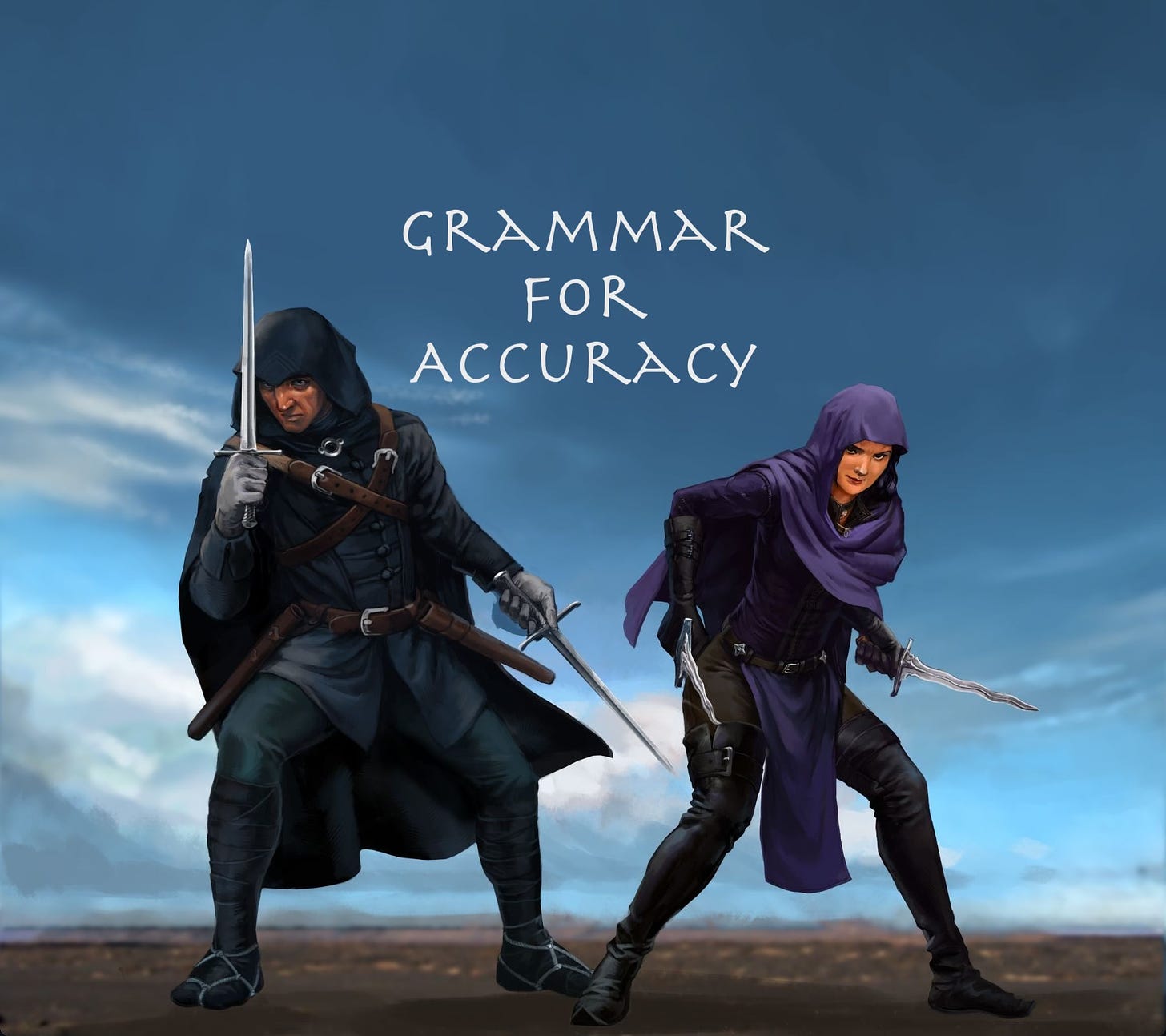
Words to Edit By
When you’re quoting someone or something, or incorporating dialogue of any sort, either a) go with the grammatical flow or b) set the quotation apart (e.g., with additional punctuation).
A Realist Take
Quotations—by which I mean words repeated from someone, something, or somewhere else—can take different forms. They may be direct (verbatim from the source, ostensibly) or indirect (relayed or paraphrased by an intermediary). They may comprise a word, a phrase, a clause, or multiple such elements. A quotation may or may not be dialogue, or written conversation.
Dialogue, for its part, may or may not be a quotation. It may also be direct or indirect and external (representing audible speech) or internal (representing inner thoughts). Dialogue is generally associated with stories, whether in fiction or nonfiction.
Seamless integration of quotations and dialogue is crucial to writing flow. Otherwise, you may end up with the verbal equivalent of the Frankenstein monster.
Going with the grammatical flow is easy for quoted words and short phrases, but for lengthier quotations and whole lines of dialogue, it may involve the oft-maligned word that. If shoehorning your quotation into the grammatical flow of your sentence is too troublesome, however, don’t fret: you can fall back on old, reliable punctuation. Commas and colons and em dashes—”oh, my!”
For Instance
The “go with the flow” approach is a tactic better suited to quotations than to dialogue that’s not being repeated from another source. (As a case in point, the expression I just put quotation marks around, “go with the flow,” is a special kind of quotation.)
Take a gander at this tangle of dialogue from my Dustsong novella:
“They just get tired of living,” Mother told us. “Men-folk and women-folk, too, after a while.” She never said why, only that we’d all turn to dust someday.
This short excerpt is all internal dialogue of the character Len. I could’ve put double quotation marks around the entire thing, converting the double quote marks you see into single quote marks. But to avoid that visual clutter, I bracketed the internal dialogue in italics in the novella itself.
The portions appearing in quote (quotation) marks are direct dialogue from Len’s mother (to the extent that Len’s memory of her words is accurate).
Meanwhile, She never said why, only that we’d all turn to dust someday is indirect dialogue. We can guess that Len’s mother spoke some of those words verbatim, but I presented her words (in Len’s thoughts) there as part of a narrative. (You can tell by the lack of quotation marks and, in this context, the use of past tense.) It’s a good bet those words don’t represent her precise, original phrasing.
Could I have written it all as direct dialogue? Sure—and doing so wouldn’t have been wrong. As a storyteller, though, little variations (in phrasing, not mechanics, mind you) can help to hold readers’ attention.
Related Editing Guidelines & Tips
[Specific guideline and tip articles will be listed here as they’re published.]
Godspeed and happy rewriting!



